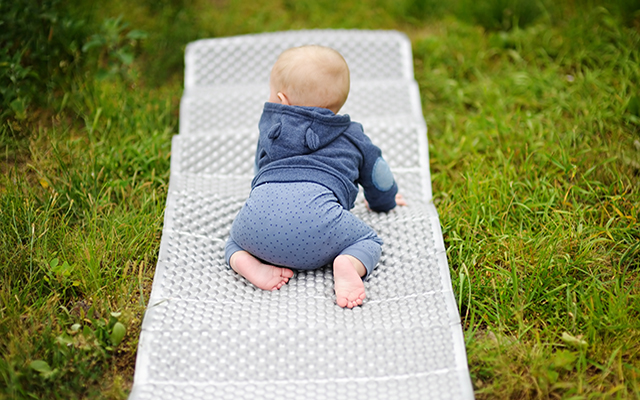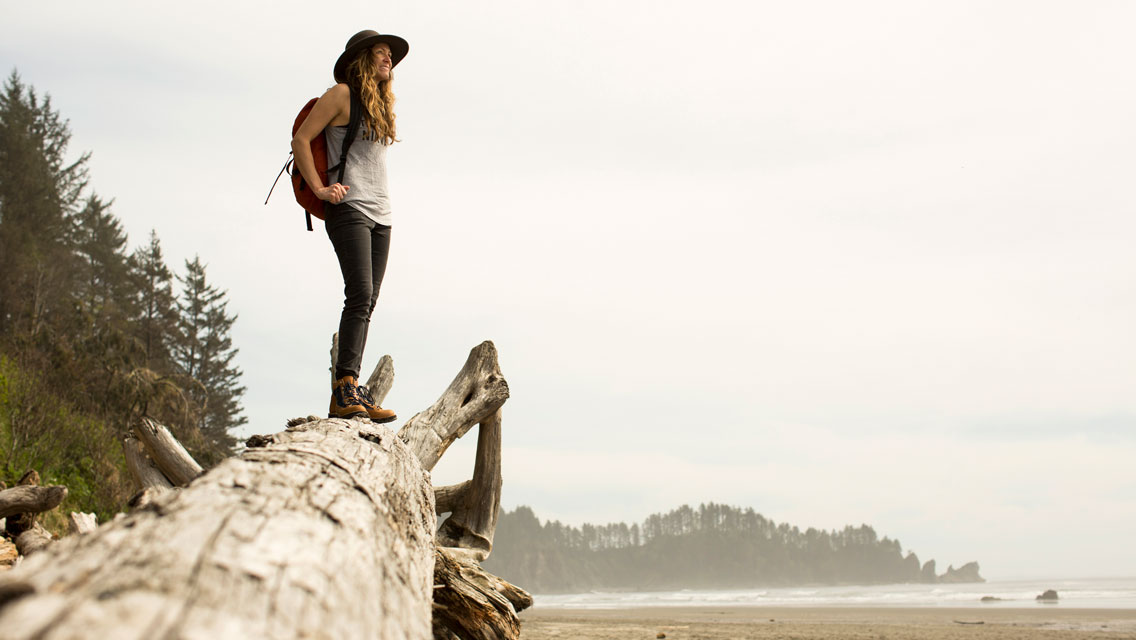Friday afternoons around our house are punctuated by a changing of the guard that delivers a mixture of delight and destruction to our ordinarily placid environment. Around 1 p.m. our daughter-in-law arrives with her son in tow. After a few pleasantries, she departs happily unencumbered, leaving The Little Guy completely in charge.
What follows is a six-hour romp, most of which requires his creaky-kneed grandparents to become reacquainted with the floor. This is TLG’s world: sitting, crawling, drooling, flinging toys into the distance or stuffing them into his mouth. Timely intervention is often necessary.
This is unfamiliar terrain for My Lovely Wife and me. Apart from occasional sessions on a yoga mat or periodic bouts of hand-to-hand combat with creeping Charley in the garden, we prefer to remain upright as much as possible. And neither of those scenarios require us to spring suddenly to our feet to retrieve a rapidly accelerating 1-year-old intent on tumbling down the basement stairs. By the end of these weekly workouts, MLW and I are left hobbling around the house, wondering what hit us.
Turns out, TLG is doing us a favor.
In 2012, Brazilian researchers published the results of a six-year study suggesting that the ability to get down on the floor — and rise up again — predicted a geezer’s risk of all-cause mortality. Their sit–rise test awarded a perfect score of 10 to those who could lower themselves directly into a sitting position without using their hands, elbows, knees, or those of a thoughtful bystander. Same goes for getting back up. Every assisted movement, they calculated, increased the likelihood of a participant’s death by 21 percent during the study period.
Writing in the European Journal of Preventive Cardiology, Leonardo Barbosa Barreto de Brito and his team argued that musculoskeletal capabilities are every bit as vital to longevity as cardiorespiratory fitness. “Sitting and rising from the floor is a basic functional task required for autonomy,” they explained. “The inability to perform these and similar actions are closely related to the risk of falling, and if a fall does occur, the capacity to return to an upright position is critical.”
While Brito and his team accounted for age, sex, and body mass index in their analysis, they did not measure an old guy’s ability to snatch a fur-encrusted cat toy from a toddler only microseconds before it disappears into his mouth. They also don’t seem to award any points for rising from the floor with a 20-pound youngster clinging to your arm and sporting a bulging, aromatic diaper.
But that’s OK, because I’ve never placed much stock in mortality predictions. Still, it’s good to know that our weekly floor workouts are forcing us to ramp up our functional fitness — no matter how that may affect our longevity. As I mentioned to a colleague the other day, TLG somehow makes me feel younger and older simultaneously.
I can only imagine how I’ll feel when he starts walking.




This Post Has 0 Comments